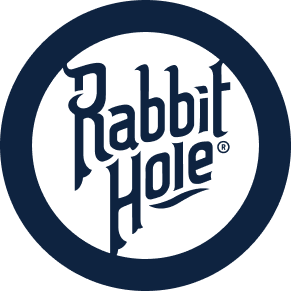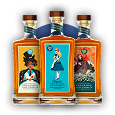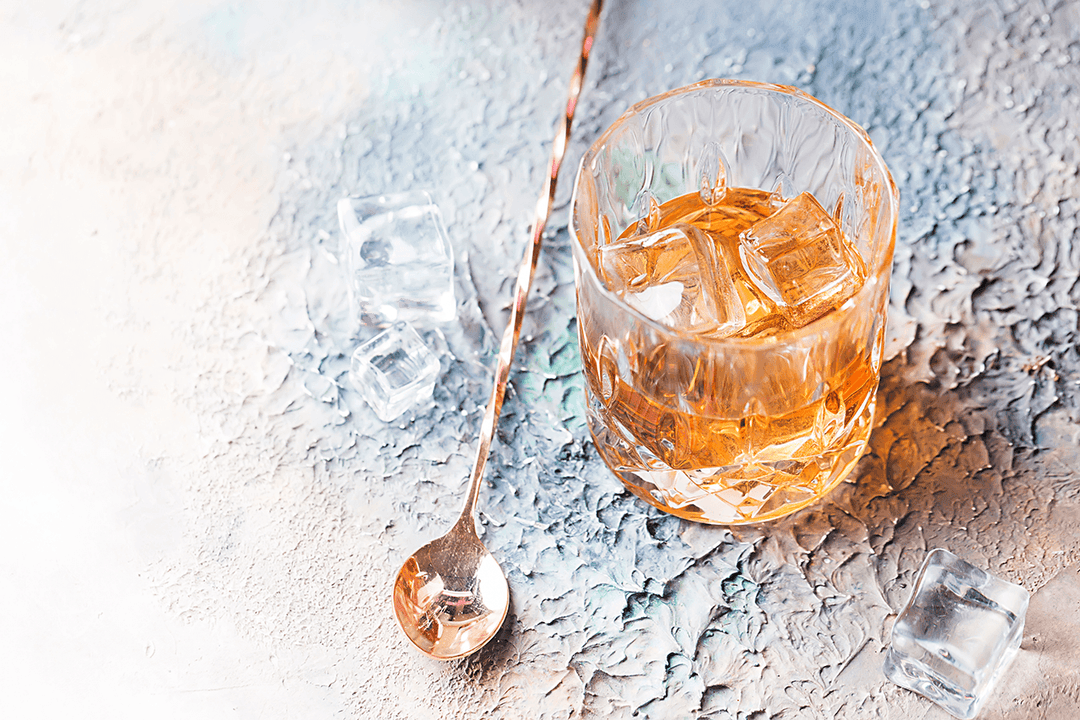Pducts
CORE 4
FOUNDERS COLLECTION
LIMITED EDITIONS
OTHER SPIRITS
- Our Craft
Our Distiery
Contact Us
-
Products
 CaveHILLFour grain triple malt celebrating generations of Louisville distillers
CaveHILLFour grain triple malt celebrating generations of Louisville distillers HeigoldHigh Rye double malt paying tribute to Christian Heigold
HeigoldHigh Rye double malt paying tribute to Christian Heigold DareringerDouble barrel, PX Sherry cask born from the romance of our muse
DareringerDouble barrel, PX Sherry cask born from the romance of our muse BoxergrailSour mash Rye celebrating Louisville rich boxing heritage
BoxergrailSour mash Rye celebrating Louisville rich boxing heritage AmburanaA blend of 12 year old Kentucky Straight Bourbon aged in Brazilian oak barrels
AmburanaA blend of 12 year old Kentucky Straight Bourbon aged in Brazilian oak barrels DareringerWheated Bourbon Finished in PX Sherry Casksat Cask Strength
DareringerWheated Bourbon Finished in PX Sherry Casksat Cask Strength RacekingChocolate-malted wheat and chocolate-malted barley aged in American Oak barrels
RacekingChocolate-malted wheat and chocolate-malted barley aged in American Oak barrels Mizunara15-Year-Old Kentucky Straight Bourbon Whiskey finished in Japanese Mizunara Oak
Mizunara15-Year-Old Kentucky Straight Bourbon Whiskey finished in Japanese Mizunara Oak BoxergrailBoxergrail at cask strength
BoxergrailBoxergrail at cask strength - Our Craft
-
Our Distillery
-
Contact Us

ORIGINAL WORKS OF BOURBON
MUST BE LEGAL DRINKING AGE TO ENTER THE SITEPLEASE ENTER YOUR DATE OF BIRTH
Do not check this box if you use a shared computer.
Rabbit Hole encourages responsible drinking. Alcohol should be consumed in moderation. By entering this website, you are agreeing to our Terms and Conditions, Privacy Policy,and Cookie Policy






































